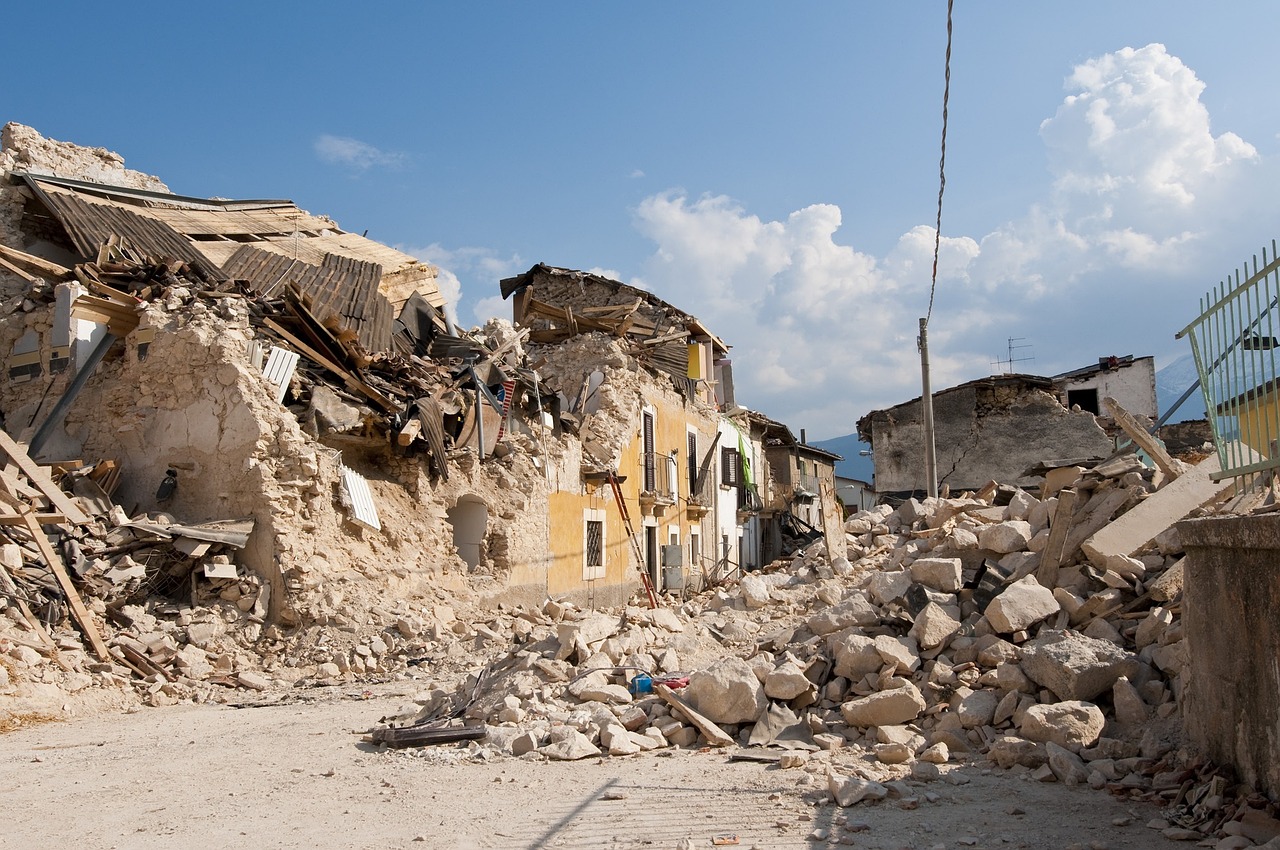- An earthquake is a sudden shaking or trembling of the Earth that lasts for a very short time. It is caused by the movement of tectonic plates beneath the Earth’s surface.
- Earthquakes can occur anywhere in the world, but they most often occur along tectonic plate boundaries. The Pacific Ring of Fire, an area in the basin of the Pacific Ocean, is the most seismically active region on the planet.
- The study of earthquakes is known as seismology, and scientists who study earthquakes are known as seismologists.
- The severity of an earthquake is measured using a seismometer and is reported in terms of magnitude on the Richter scale. Each number on the scale represents a tenfold increase in earthquake strength and a 31-fold increase in released energy.
- The deadliest earthquake ever recorded occurred in China in 1556 and is estimated to have killed approximately 830,000 people.
- A majority of earthquakes last less than a minute, but the effects can last much longer, causing landslides, tsunamis, or fires.
- Small earthquakes, also known as tremors, happen globally on a daily basis and often go unnoticed.
- Earthquakes can occur as deep as 400 miles below the Earth’s surface.
- The shockwaves that occur during an earthquake are known as seismic waves. There are several types of seismic waves, and each one moves differently and at different speeds.
- Humans are not the only ones who can predict earthquakes. Some animals, like dogs and cats, can often sense an earthquake before it occurs.
- The epicenter of an earthquake is the point on the Earth’s surface directly above the location where the earthquake originates, known as the focus or hypocenter.
- The San Andreas Fault in California is one of the most studied and potentially dangerous faults in the world. It’s responsible for the 1906 San Francisco Earthquake, one of the most destructive in U.S. history.
- Japan experiences the most earthquakes in the world. The country is located in a highly active seismic area with frequent, minor tremors and occasional severe earthquakes.
- Most of the world’s earthquakes (80%) occur in the Pacific Ocean, in an area called the “Ring of Fire.”
- An earthquake under the ocean can cause a tsunami, which is a series of waves that can travel across the ocean at high speeds and cause destruction when they reach land.
- In 1811 and 1812, a series of earthquakes occurred in New Madrid, Missouri, and were so powerful that they caused the Mississippi River to flow backward for a short period of time.
- Although there’s no surefire way to predict earthquakes, scientists are constantly researching and developing technologies to provide some level of prediction in the future.
- The largest recorded earthquake in the world was a magnitude 9.5 in Chile on May 22, 1960.
- During an earthquake, doorways are no stronger than any other part of a structure, so it’s not necessarily safer to stand in a doorway.
- Every year, the southern California area has about 10,000 earthquakes. Most of them are so small that they are not felt, but if there is a large earthquake, the aftershocks can last for years!
Facebook Comments


































